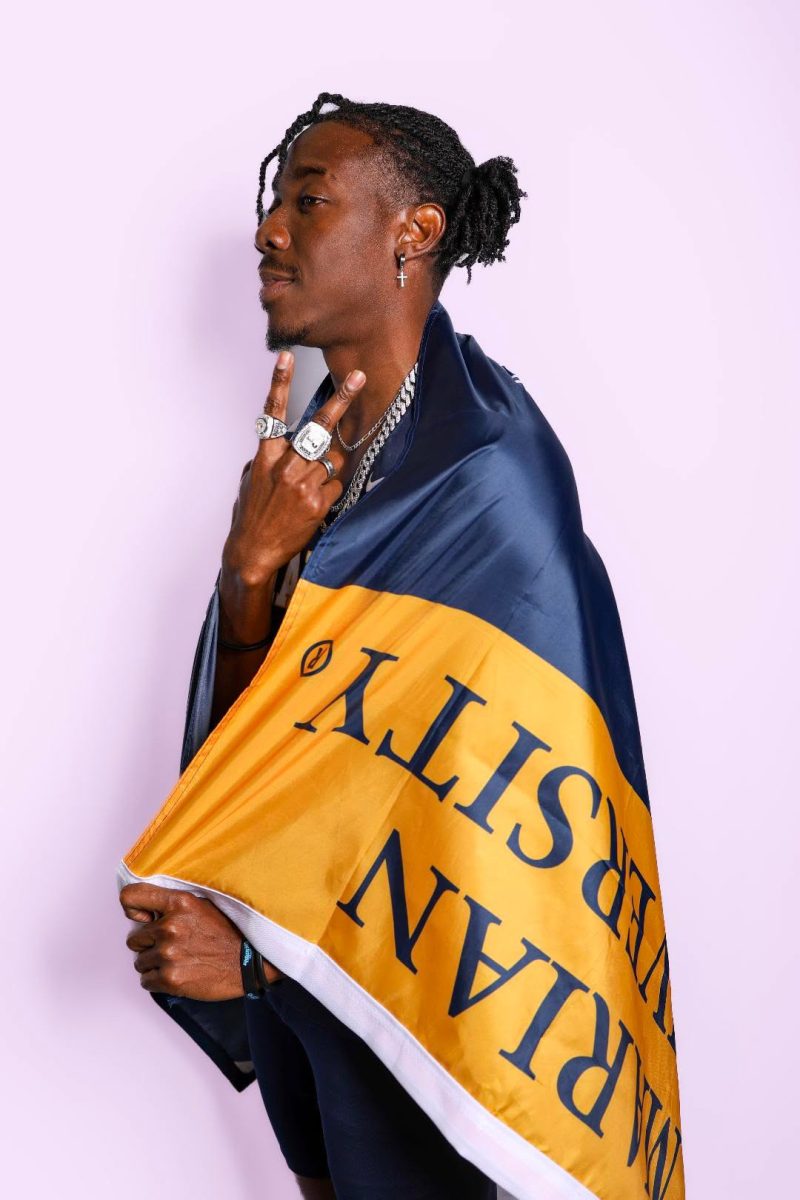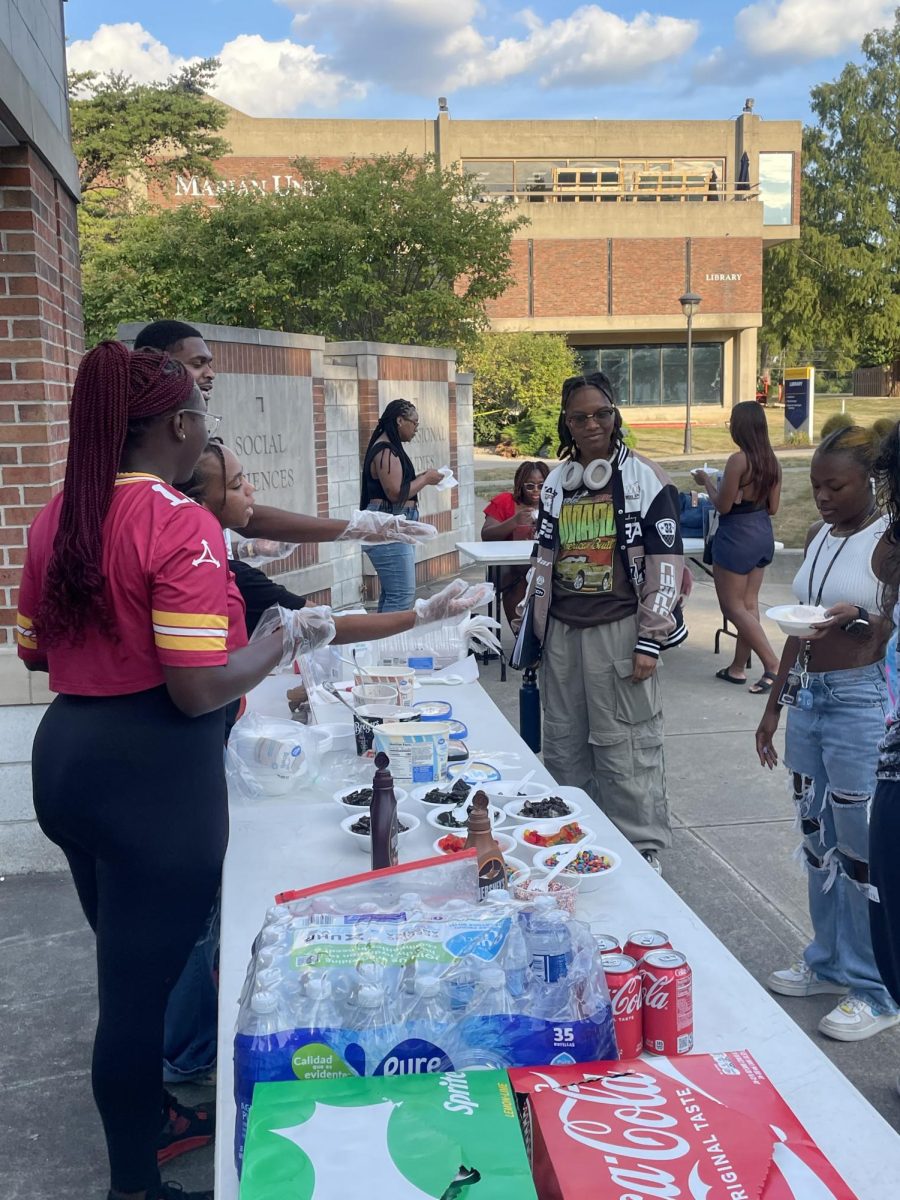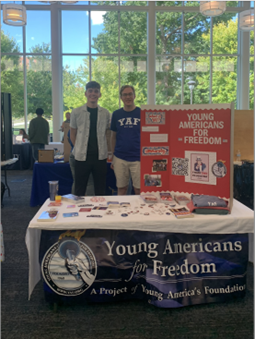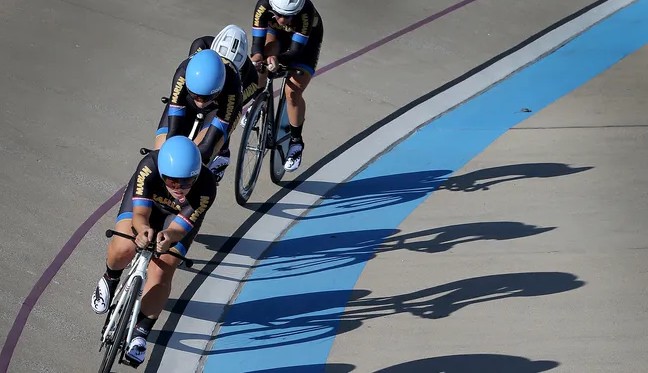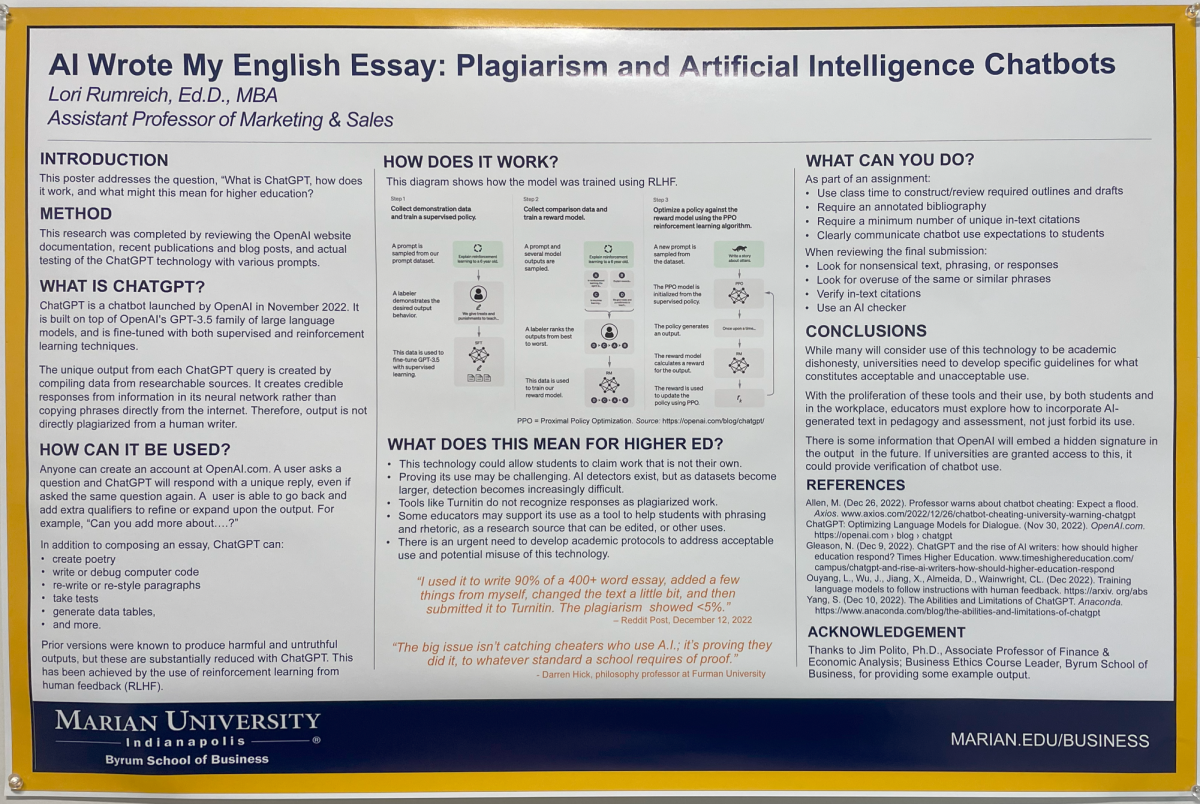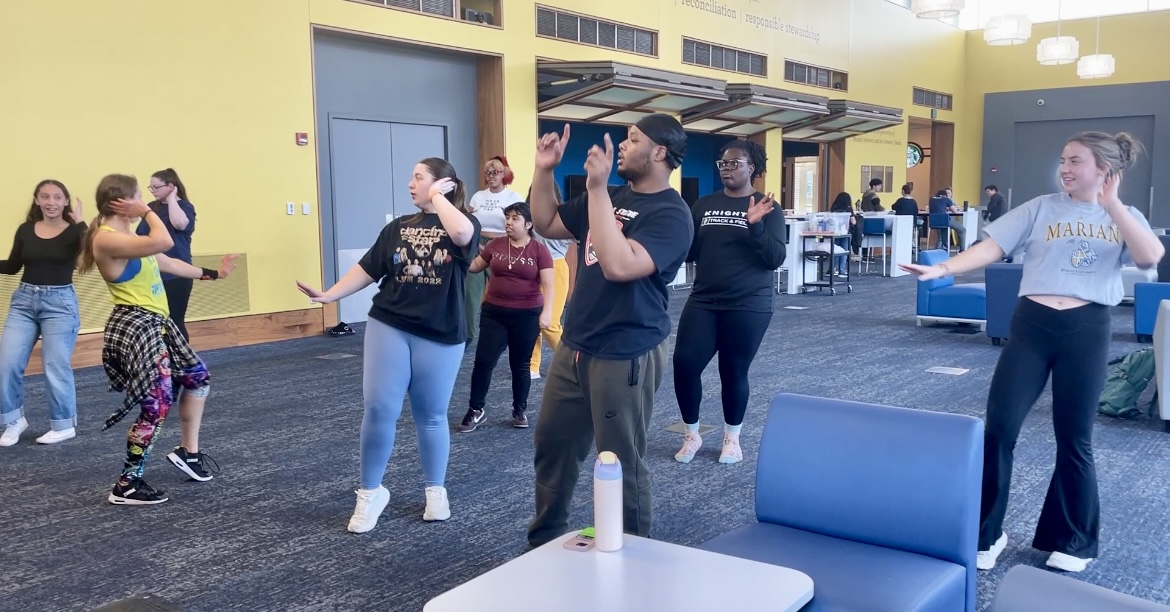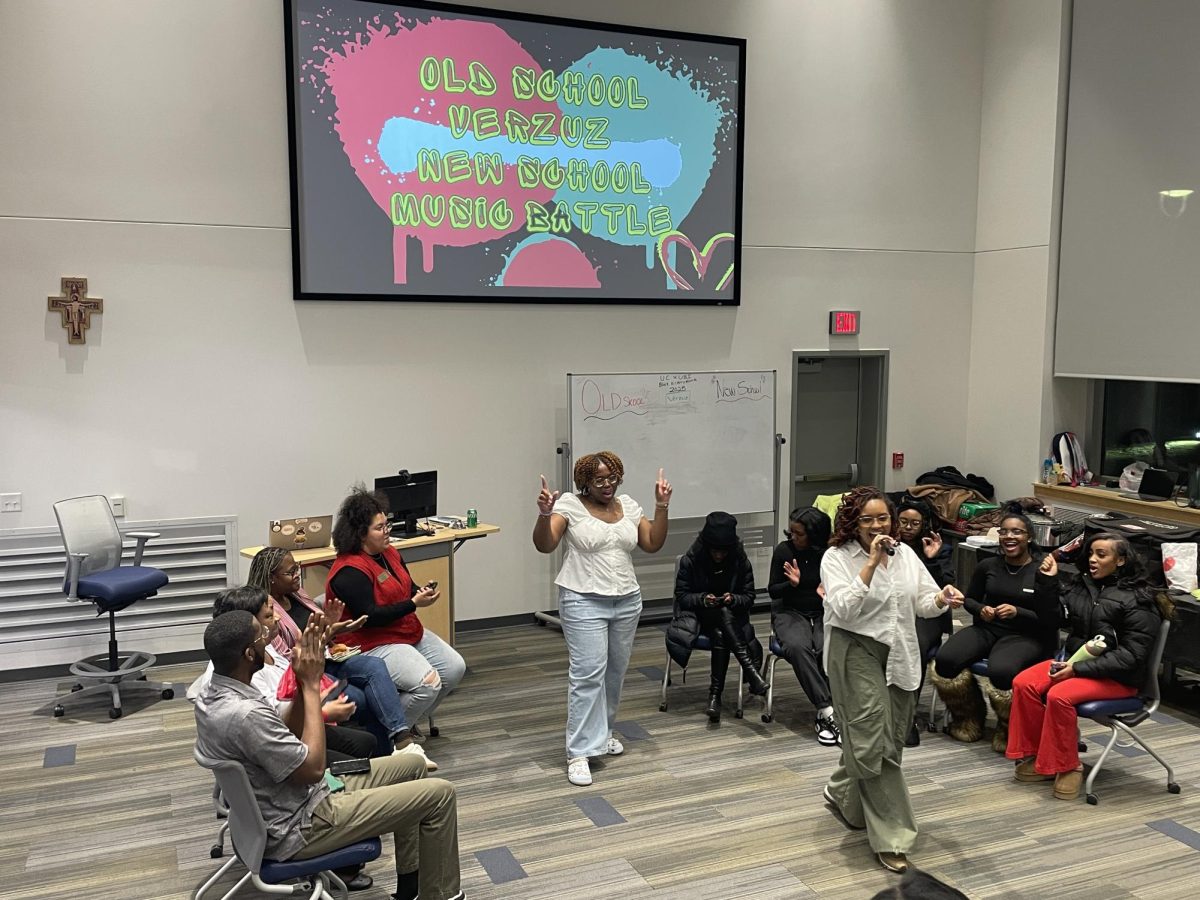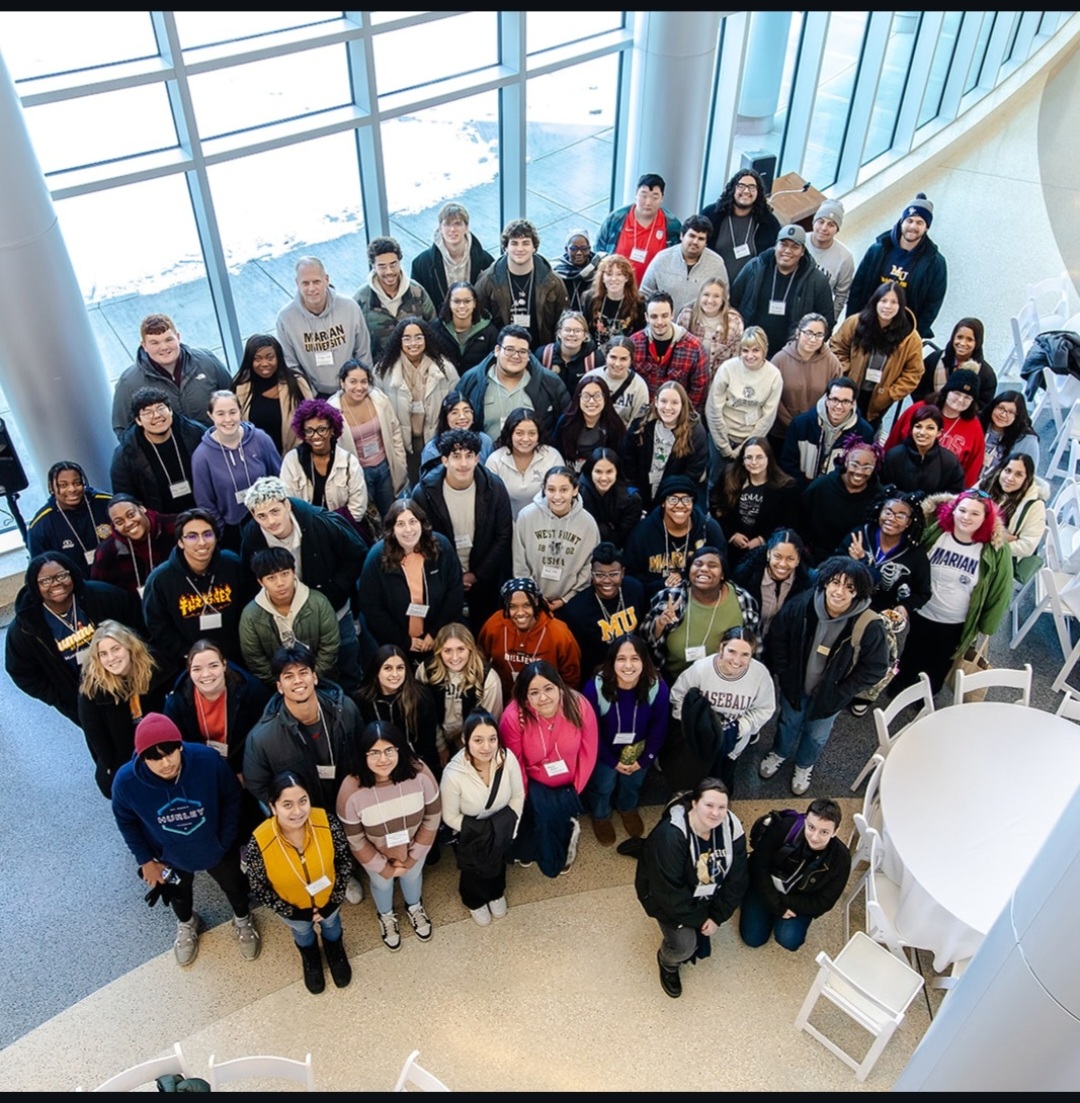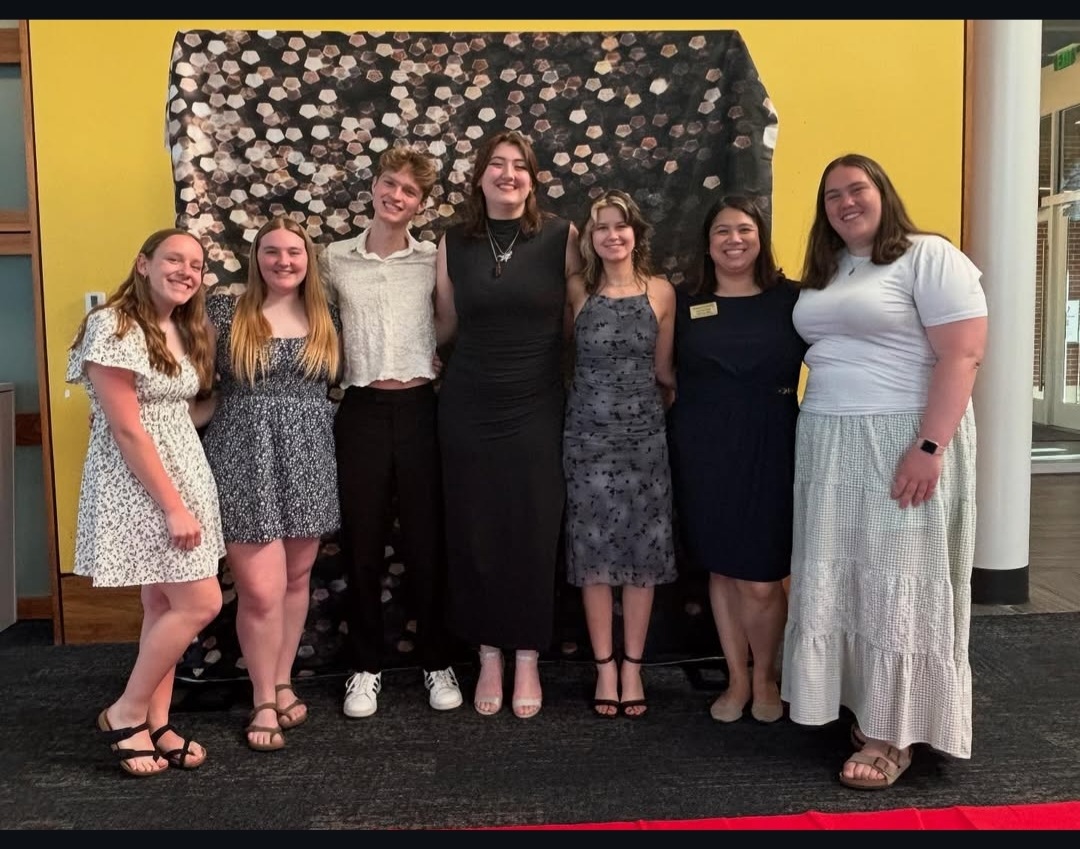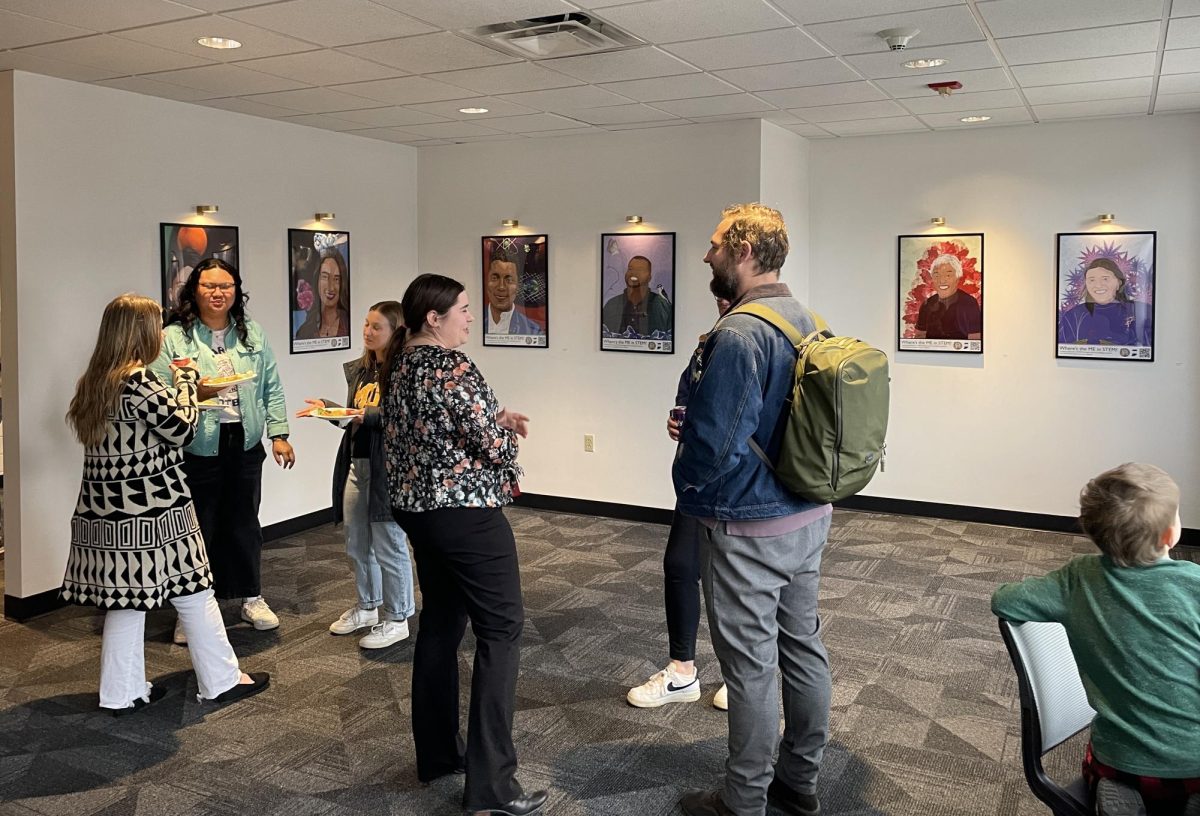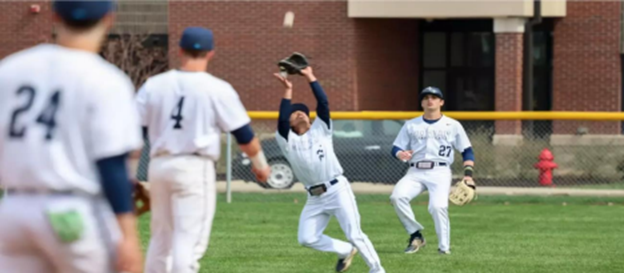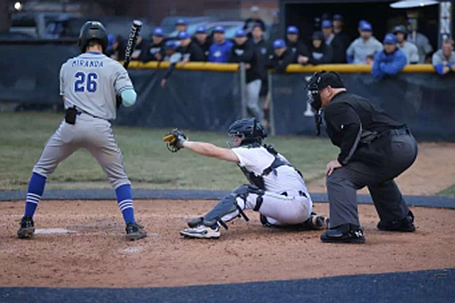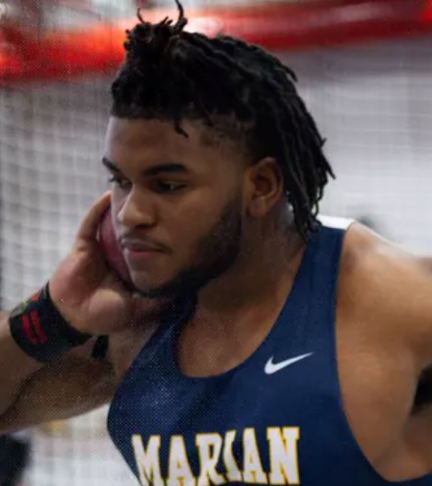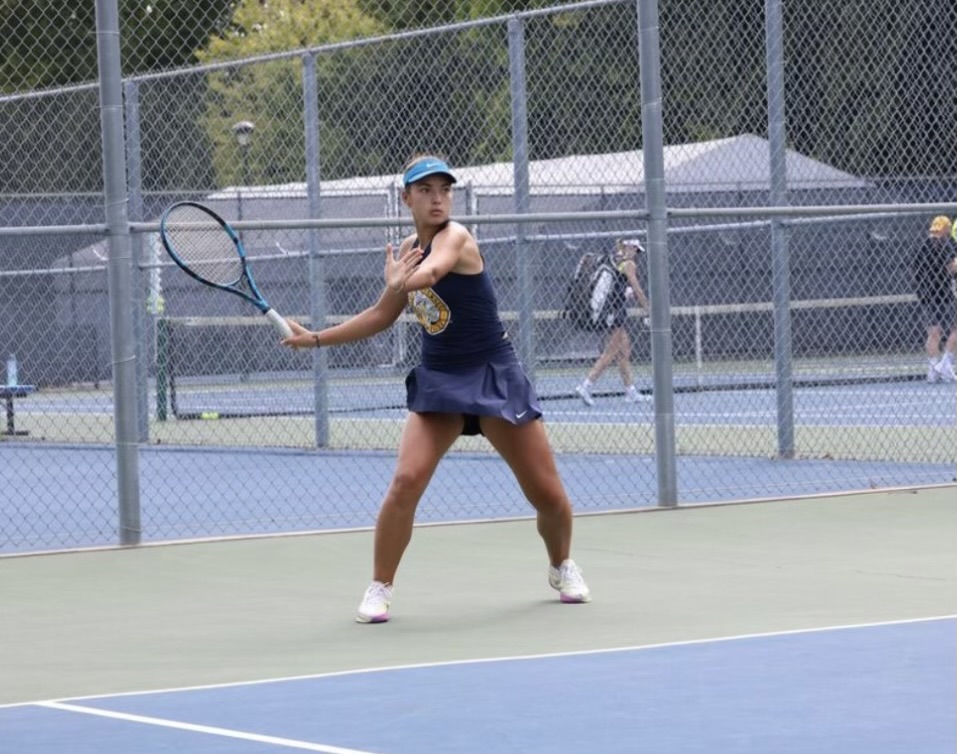Marian University’s cycling team has dominated collegiate competition, winning 49 national championships—yet few outside the sport know its story. Despite its historic success, the program remains largely unrecognized, overshadowed by mainstream NCAA sports, and hindered by structural challenges like Title IX regulations. One of the most enhanced collegiate athletics programs struggled to cement its legacy.
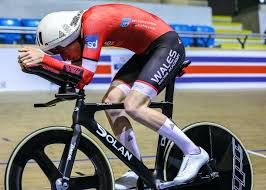
First, to understand the significance, let’s consider continued success in NCAA sports. In Division I wrestling, Oklahoma State has won the NCAA championship 34 times—the most national titles for any Division I program. Meanwhile, Marian University’s cycling team has won 49 national championships. Yet, a simple Google search barely reveals this dynasty’s history. Why? The answer lies in Title IX.
Title IX is a federal law stating:
“No person in the United States shall, based on sex, be excluded from participation in, be denied the benefits of, or be subjected to discrimination under any education program or activity receiving Federal financial assistance.” — Cornell Law School’s Legal Information Institute (20 U.S. Code § 1681)
In practical terms, Title IX requires schools to allocate equal athletic scholarships to men and women. For example, if a school like Alabama wants to roster 100 football players, it must provide an equal number of scholarships to female athletes. To balance this, many universities prioritize large women’s team sports, such as soccer, over smaller, co-ed, or individual sports. This explains why U.S. women’s soccer has historically outperformed the men’s team—not because of a talent gap, but due to greater collegiate opportunities.
Cycling, being a co-ed sport, presents a logistical challenge. Schools must maintain an equal number of male and female cyclists, which complicates roster balancing. Additionally, cycling does not generate revenue like football or basketball, making it a lower priority for athletic departments.
Another issue? Cycling operates outside the NCAA’s governance, further marginalizing its presence in mainstream collegiate athletics. As a result, there is little media coverage or historical documentation of the sport’s champions. The most accessible record of collegiate cycling national champions comes from a post by the Twitter account The Sickos Committee, which lists winners from non-NCAA-sanctioned sports. Seeing cycling listed alongside “meat judging” (yes, that’s a real championship) underscores the lack of recognition the sport receives.
Despite the lack of coverage, a recent moment in collegiate sports provided hope for cycling’s future. Earlier this year, the University of Denver’s varsity hockey team lost to UNLV, a club team. Why is this significant? A club team is student-run and not part of an athletic department, whereas varsity teams consist of recruited athletes on scholarships. This upset showed that club teams—like most collegiate cycling teams—can still compete at a high level.
This victory could shift the narrative.
As participation grows, so does awareness. And as more people pay attention, more records will be kept. It’s a cycle—one that could finally bring Marian University’s cycling legacy into the historical spotlight.
History is what keeps Marian grounded; without it, its students would not be able to have the urge to aim higher.


